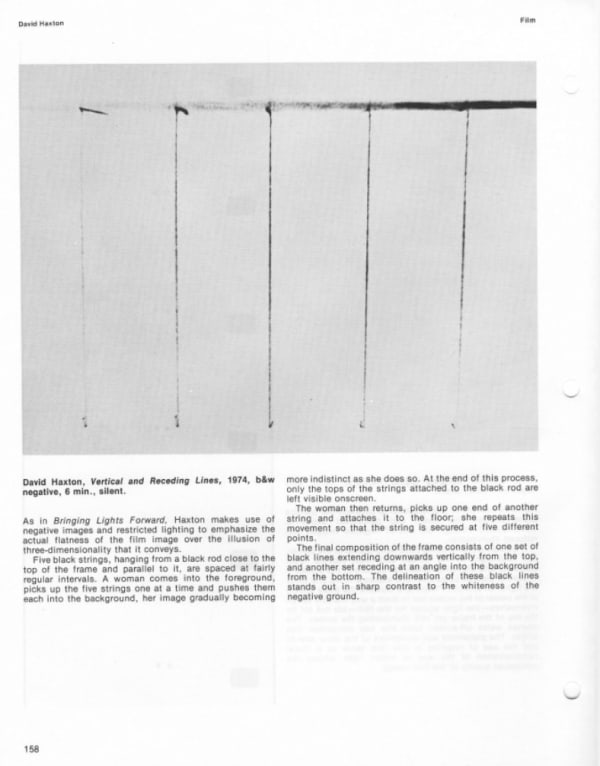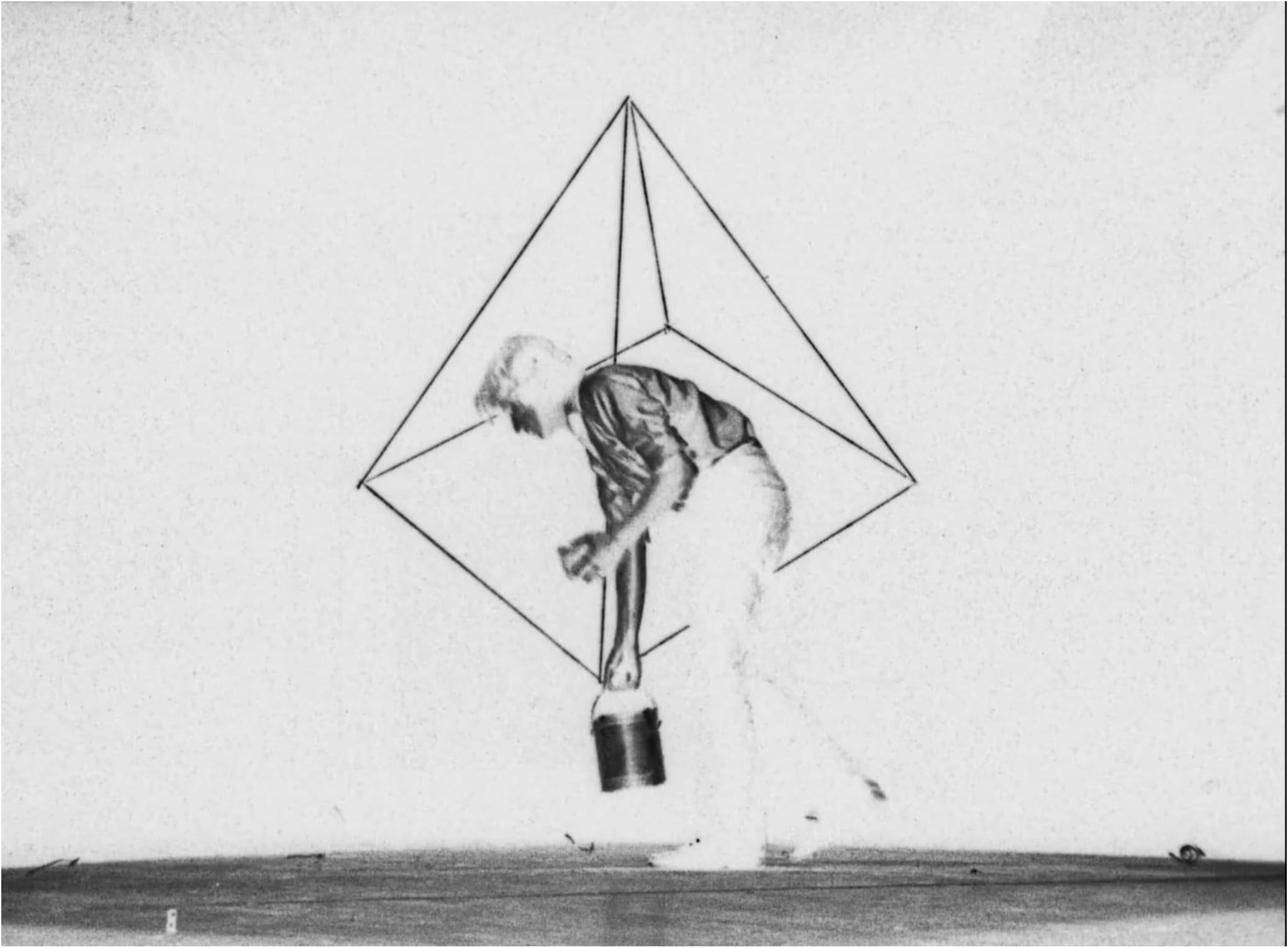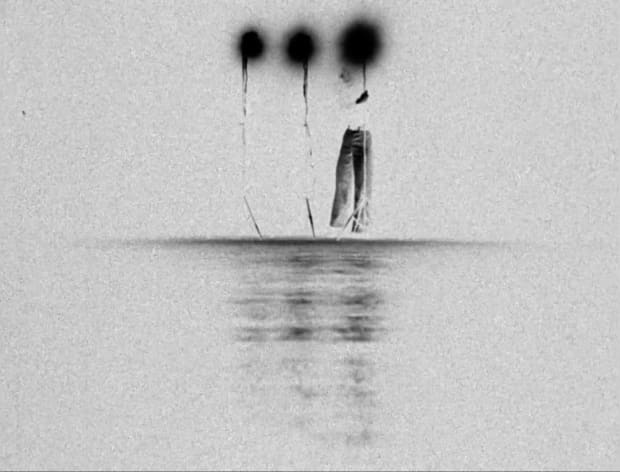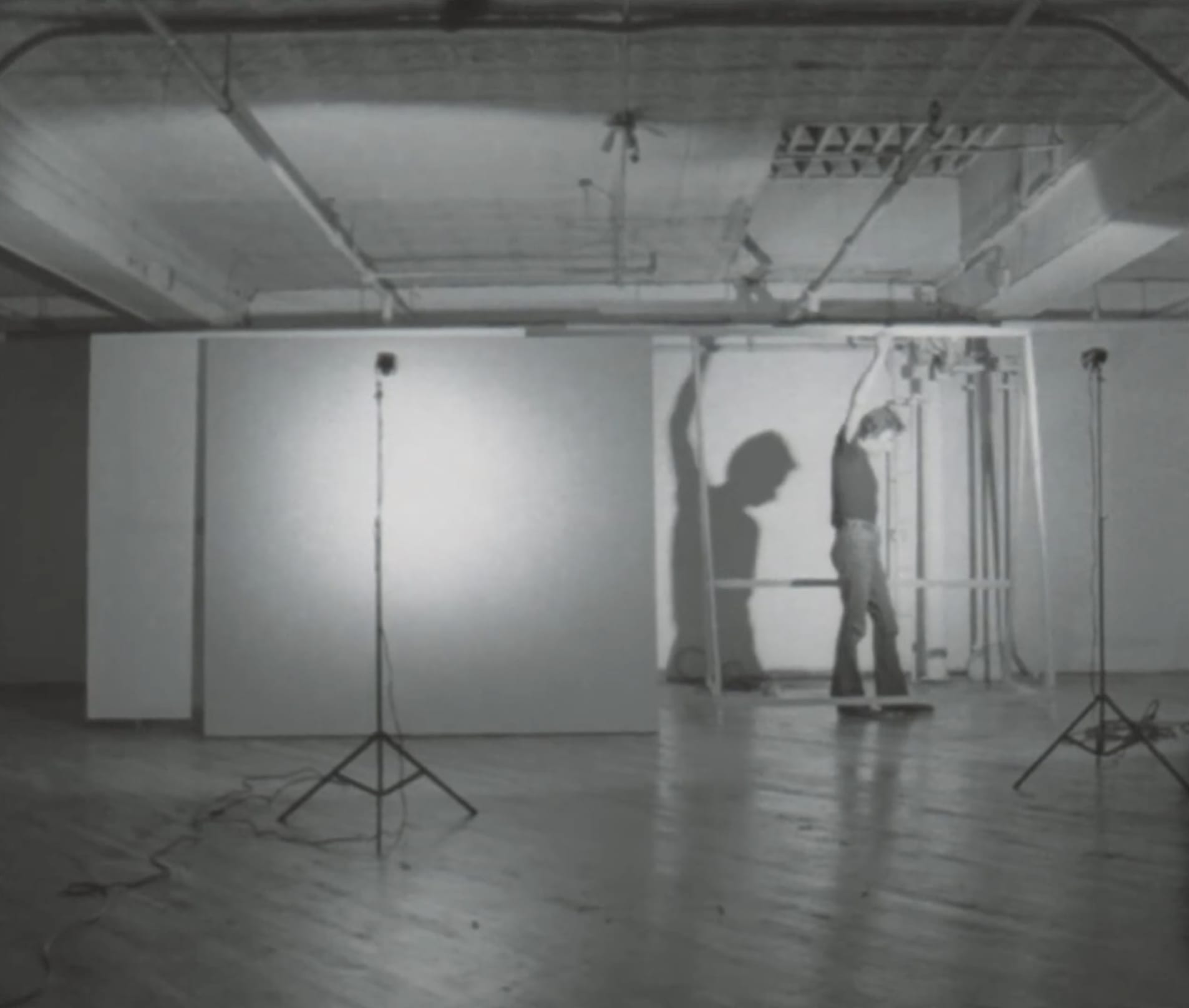-

-
David Haxton (b. 1943, USA) is a filmmaker and photographer. Active in the New York City experimental scene in the 1970s and 80s, he exhibited in all of the major spaces : The Anthology Film Archives (1976), the Museum of Modern Art’s renowned Cineprobe series (1978), the Whitney (1975, 1978, 1979, 1981, 1983, 2015).
-
At OFFSCREEN, the gallery is proud to reveal a series of never exhibited, unique vintage diptychs from 1976. Each work was made with 8 x 10 in negatives, and has a startling depth, and precision. While the works are enriched by their context - they were made on the film sets of the artist's canonical experimental films - as individual works they are striking, potent, and intriguing.
-
In the 1970's Haxton's photography and films were exhibited in New York and Paris with Sonnabend gallery, the gallery renowned for bringing American conceptual and minimal art to Europe and European conceptual art and Arte Povera to New York.
-

-
His most canonical films were a series of 16 16mm films shot in the negative on a Bolex camera. In each film, the artist or a performer carried out a series of simple actions in the studio that engage with the 2-dimensionality of the film frame. The films explore flatness, dimensionality, and optical illusion.
-
"I became interested in examining the nature of the medium including light, movement, and the formation of a three- dimensional illusion on a flat surface."
- David Haxton, MoMA Cineprobe presentation, 1978
-
Each film is shot from a static camera angle, and lasts as long as it takes for the performer to complete the prescribed task. Action takes place as movement back and forth across the picture plane. Because black and white are reversed in the negative, light appears as black spots, and the usual spatial references are rendered oblique.
-
“The spatial image is carved out of the illuminated rectangular surface by the performers’ actions. The performers’ activities are organized to produce a constant interaction between the physicality of the screen illumination and the illusionistic image of a space produced by the film image.”
- David Haxton
-
Jonas Mekas, the influential filmmaker and theorist, described Haxton’s works in the Village Voice in 1975 as “The most inventive exploration of negative-positive possibilities and illusions that I’ve seen in film.”
-
Bringing Lights Forward (1970)
4 min. b&w, 16mm, silent
-
-
Untitled, Diptychs (1976)
Two 8 x 10 in. black and white contact prints made from 8 x 10 in. negatives.At the time that Haxton was creating the films, he also began making photographs. At OFFSCREEN the gallery is pleased to premiere a series of never exhibited vintage diptychs the artist created on the film sets, using the remnants of his performances – the light bulbs, the torn and cut paper, and more.
-
In an extension of his film making practice, Haxton produced film installations, where he brought his explorations of space into the exhibition space itself. One was exhibited at Sonnabed Gallery in 1974 in the exhibition “Films by Artists”, with Vito Acconci, John Baldessari and David Shulman.
-

-
Moving Picture Screens (1974)
At OFFSCREEN we have the honor of exhibiting for the first time Moving Picture Screens (1974) a film installation in which the physical screen which shows the projection mirrors the screens in the film.
-
"The film screen is a newly primed canvas which becomes a spatial image when the light beam of the projector is interrupted by the film image."
- David Haxton
-
In the film, the artist manipulates and moves two screens around his studio, moving them from filling the full field of vision to being arranged side by side in the back of the space. Trained as a painter, this work engages with Haxton’s engagement with the apparatus of painting – easels and canvas – as he explores the dimensionality of the filmic picture plane.
-
-
Select recent group exhibitions include at Teatrino di Palazzo Grassi, Venice (2022), The Museum of Modern Art, New York (2019), KANAL – Centre Pompidou, Brussels (2018), Pirelli Hangarbicocca, Milan, the Whitney Museum of American Art, New York (2015).
Haxton’s work is held in the collections of the Centre Pompidou, Paris, SFMOMA, San Francisco, Smithsonian American Art Museum, Washington, D.C. The Whitney Museum of American Art, New York, Albright Knox Gallery, National Gallery of Art, Canberra, Australia, MoMA, New York, Kadist Foundation, Polaroid Collection, and the Chicago Art Institute.
DAVID HAXTON | OFFSCREEN 2025
Current viewing_room






